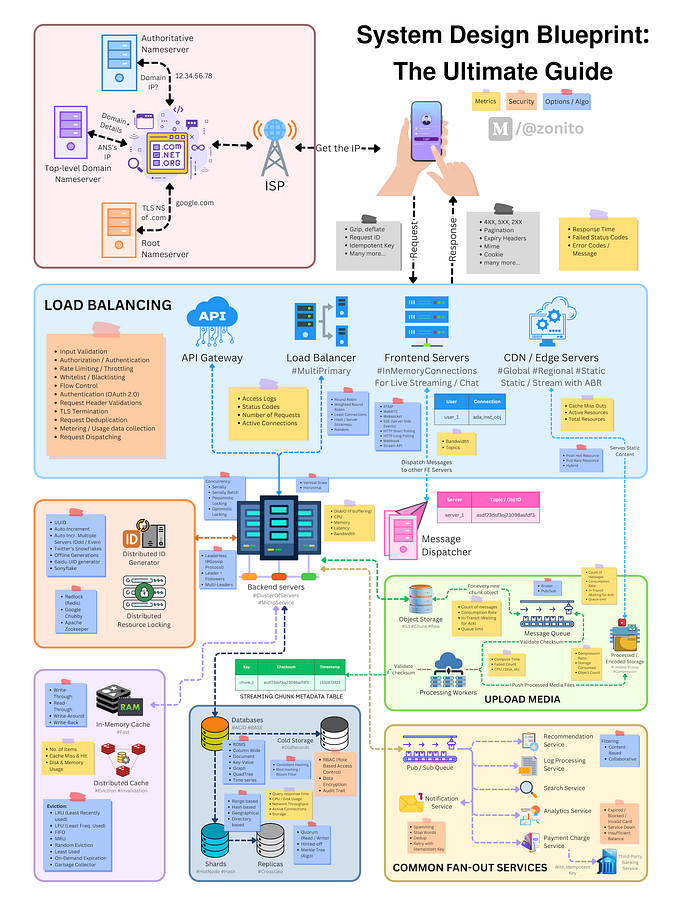Data Management: An Essential Guide to Organizing Your Data

In today’s world, data management is a critical part of any business or organization. With the increasing amount of data being generated every day, managing it can be challenging. This article aims to provide a comprehensive guide to data management, including its definition, importance, and best practices.
Table of Contents
1. What is Data Management?
2. Importance of Data Management
3. Types of Data Management
4. Data Management Best Practices
5. Challenges in Data Management
6. Data Management Tools
7. Cloud-Based Data Management Solutions
8. Data Governance
9. Data Security
10. Future of Data Management
11. How to Implement Data Management
12. Case Studies
13. Common Mistakes in Data Management
14. Advantages of Good Data Management
15. Conclusion
1. What is Data Management?
Data management refers to the process of collecting, storing, organizing, maintaining, and utilizing data effectively. It involves various techniques and tools to ensure data quality, accessibility, and security. The primary goal of data management is to enable businesses to make informed decisions based on accurate, relevant, and timely data.
2. Importance of Data Management
Effective data management is essential for businesses to gain a competitive edge in today’s data-driven economy. The following are some of the key reasons why data management is crucial:
2.1 Better Decision-Making
Data management provides businesses with accurate, relevant, and timely information that enables better decision-making. With proper data management, businesses can identify patterns, trends, and insights that help them make informed decisions.
2.2 Increased Efficiency
Efficient data management allows businesses to store, organize, and access data quickly and easily. This, in turn, leads to increased productivity, improved business processes, and reduced costs.
2.3 Improved Customer Service
Effective data management enables businesses to understand their customers’ needs and preferences better. This, in turn, helps them provide better customer service and personalized experiences.
2.4 Regulatory Compliance
With data privacy laws and regulations becoming more stringent, effective data management is essential to ensure regulatory compliance. Businesses that fail to comply with data privacy regulations face severe penalties and damage to their reputation.
3. Types of Data Management
There are various types of data management, including the following:
3.1 Master Data Management (MDM)
MDM involves creating a single, unified view of all data within an organization. This enables businesses to ensure data consistency, accuracy, and completeness.
3.2 Metadata Management
Metadata management involves managing the data that describes other data. This includes data definitions, data lineage, and data governance policies.
3.3 Data Warehousing
Data warehousing involves storing data from multiple sources in a single location. This enables businesses to analyze large amounts of data quickly and efficiently.
3.4 Data Governance
Data governance involves managing the availability, usability, integrity, and security of data used within an organization.
4. Data Management Best Practices
The following are some best practices for effective data management:
4.1 Define Data Management Policies
Defining data management policies is essential to ensure data consistency, accuracy, and completeness. These policies should cover data collection, storage, access, and security.
4.2 Use Data Quality Tools
Data quality tools help businesses identify and correct errors in their data. These tools include data profiling, data cleansing, and data validation.
4.3 Ensure Data Security
Effective data management requires robust data security measures, including access controls, encryption, and monitoring.
4.4 Regularly Back Up Data
Regular data backups ensure that businesses can recover data in the event of a disaster or system failure. It is essential to store backups offsite to ensure they are not lost in the event of a physical disaster.
4.5 Train Employees
Employees play a crucial role in effective data management. Providing them with regular training on data management best practices and data privacy regulations ensures they are aware of their responsibilities.
5. Challenges in Data Management
Data management can be challenging, especially for businesses dealing with large volumes of data. Some of the most common challenges include:
5.1 Data Quality
Ensuring data quality is a significant challenge in data management. Poor data quality can lead to inaccurate insights and decisions.
5.2 Data Security
Ensuring data security is becoming more critical as data breaches become more common. Cybercriminals are continually evolving their tactics, making it difficult to keep up.
5.3 Data Governance
Implementing effective data governance requires a clear understanding of business requirements, data ownership, and regulatory compliance.
6. Data Management Tools
Several tools are available to help businesses manage their data effectively. Some of the most common tools include:
6.1 Database Management Systems (DBMS)
DBMS enables businesses to store, organize, and access data efficiently. Some of the most popular DBMS include Oracle, MySQL, and Microsoft SQL Server.
6.2 Extract, Transform, Load (ETL) Tools
ETL tools help businesses move data from multiple sources into a single location. These tools include Informatica, Talend, and Microsoft SQL Server Integration Services (SSIS).
6.3 Data Visualization Tools
Data visualization tools help businesses create visual representations of data. These tools include Tableau, QlikView, and Microsoft Power BI.
7. Cloud-Based Data Management Solutions
Cloud-based data management solutions provide businesses with an efficient and cost-effective way to manage their data. Some of the benefits of cloud-based data management include:
7.1 Scalability
Cloud-based data management solutions can scale up or down depending on business needs.
7.2 Accessibility
Cloud-based data management solutions can be accessed from anywhere with an internet connection, making it easier for remote teams to collaborate.
7.3 Cost-Effective
Cloud-based data management solutions eliminate the need for businesses to invest in expensive hardware and software.
8. Data Governance
Data governance is a critical aspect of effective data management. It involves managing the availability, usability, integrity, and security of data used within an organization. Some of the key components of data governance include:
8.1 Data Ownership
Data ownership defines who is responsible for managing and maintaining specific data sets.
8.2 Data Policies
Data policies define the rules and procedures for managing data within an organization.
8.3 Data Stewardship
Data stewardship involves assigning responsibility for managing specific data sets to individuals or teams.
9. Data Security
Data security is a critical aspect of data management. Ensuring data security involves implementing measures to protect data from unauthorized access, disclosure, and theft. Some of the key data security measures include:
9.1 Access Controls
Access controls limit access to data based on user roles and permissions.
9.2 Encryption
Encryption involves converting data into a code that is unreadable without a decryption key.
9.3 Monitoring
Monitoring involves tracking user activity to identify potential security breaches.
10. Future of Data Management
Data management is continually evolving, with new technologies and tools emerging. Some of the key trends shaping the future of data management include:
10.1 Artificial Intelligence (AI)
AI is transforming data management, enabling businesses to automate data analysis and decision-making.
10.2 Machine Learning (ML)
Machine learning is another emerging trend in data management, providing businesses with the ability to learn from data and improve decision-making over time.
10.3 Blockchain
Blockchain technology is becoming increasingly popular in data management, providing businesses with a secure and decentralized way to manage data.
10.4 Internet of Things (IoT)
The Internet of Things is generating vast amounts of data, which is increasing the need for efficient data management solutions.
Conclusion
Effective data management is essential for businesses of all sizes. By implementing best practices and using the right tools, businesses can ensure they are making the most of their data while keeping it secure and compliant. With emerging technologies like AI, ML, and blockchain, the future of data management looks bright.
FAQs
What is data management?
Data management involves organizing, storing, protecting, and maintaining data used within an organization.
Why is data management important?
Effective data management is crucial for businesses to make informed decisions, comply with regulations, and protect sensitive data.
What are the challenges in data management?
Some of the most common challenges in data management include data quality, data security, and data governance.
What are some tools used in data management?
Some of the most common tools used in data management include database management systems, extract, transform, load tools, and data visualization tools.
What is data governance?
Data governance involves managing the availability, usability, integrity, and security of data used within an organization.








